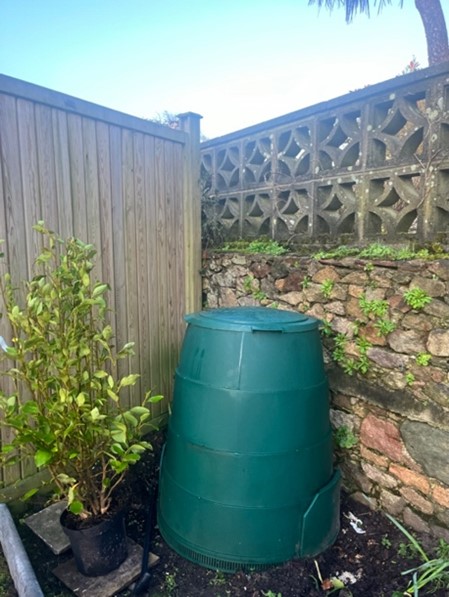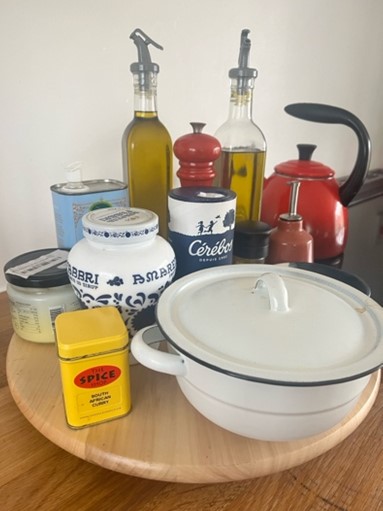
Cultivating my garden has always brought me immense joy. There’s something incredibly fulfilling about nurturing plants and witnessing the beauty of nature first hand. As my passion for gardening grew, so did my awareness of the environmental consequences of food waste. It struck me that the sort of waste we produce—vegetable peelings, eggshells, and the like—could be transformed into a valuable resource for both my garden and the planet.

So, I made the decision to introduce composting into my home. It seemed like a natural step—a way to transform kitchen scraps and garden waste into nutrient-rich compost while minimising my environmental footprint.
Last year, I took advantage of the Government composting incentive scheme and invested in a food digester, specifically the Green Johanna 330L. This particular model appealed to me for its versatility—it composts all kitchen food waste, including cooked food, meat, and fish, as well as garden waste.
Setting up the Johanna was surprisingly straightforward. I designated a corner of my garden near my raised beds for its placement. Armed with a basic understanding of composting principles and the importance of aeration, I began collecting organic waste from my kitchen and garden.

Through trial and error, I’ve discovered a few handy tips that have simplified the composting process for me. For instance, paying attention to the size of materials I add to the compost—shredding or cutting them accelerates decomposition. Additionally, keeping a small container in the kitchen for green scraps, which I empty every few days, has reduced trips outside – really helpful when it’s raining.
Composting has become an immensely rewarding and fulfilling experience for me. After about eight months, I’ve started to see the kitchen scraps transform into nutrient- rich compost, and can’t wait to add into my garden as spring approaches. It’s a small but impactful step toward a greener, more sustainable future—one that I’m proud to be a part of.
 blog.gov.je
blog.gov.je